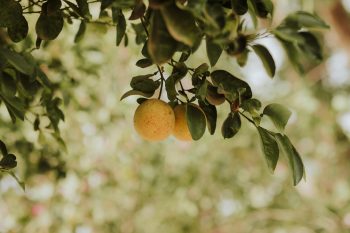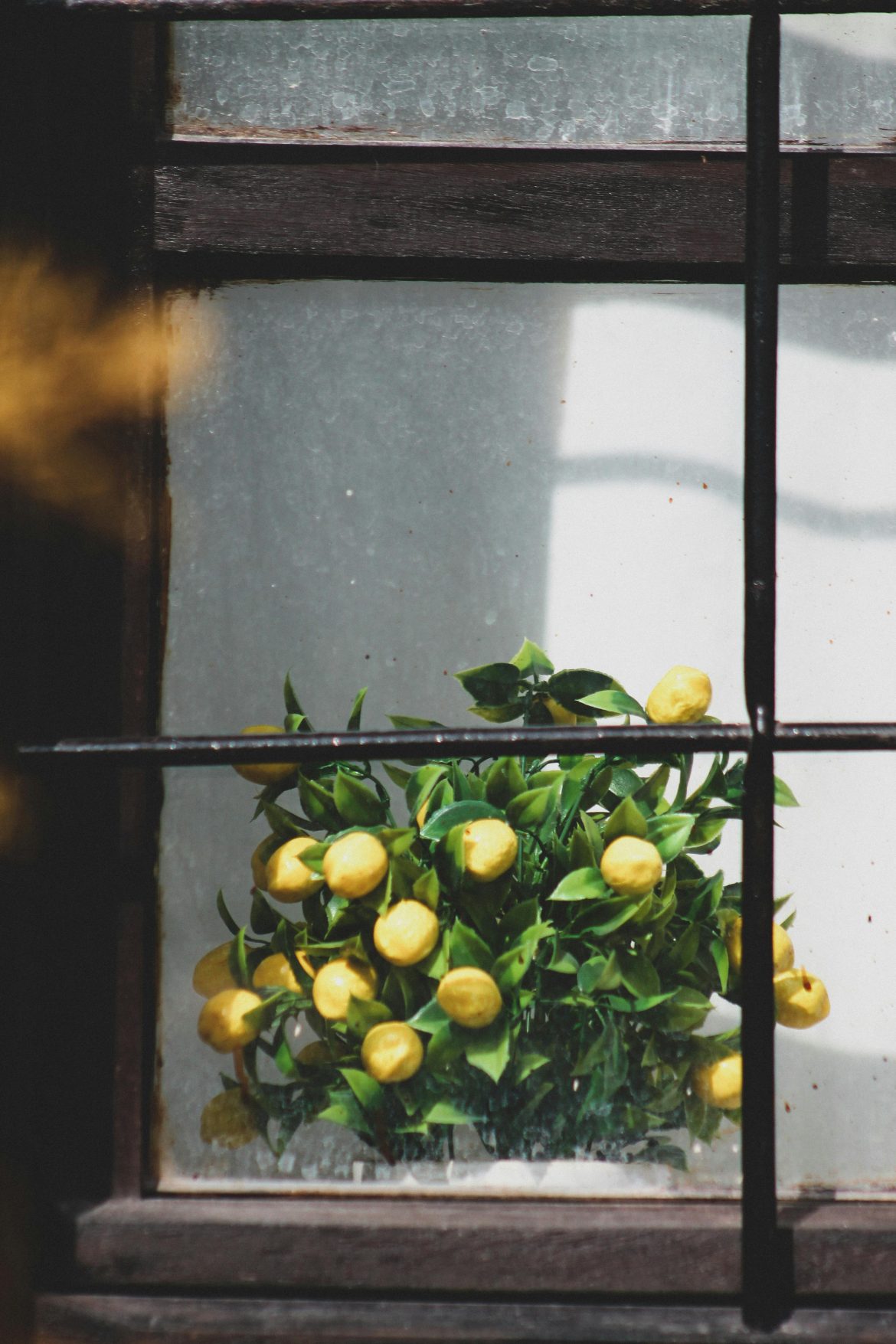Growing citrus trees indoors may sound ambitious, but with the right care and conditions, it’s entirely possible to enjoy fresh lemons, limes or even mandarins without stepping outside. Citrus plants bring a lush, fragrant touch to your home, and while they can be a little fussy, they’re far from impossible. In fact, with a bit of patience and the right setup, indoor citrus can flourish and even bear fruit.
ALSO SEE: How to protect your plants during winter and keep your garden thriving
Choose the right variety for your space

Pexels
Not all citrus trees are suited to life indoors, so variety matters. Dwarf or container-friendly types are your best bet, as they’re bred to stay compact and cope well in pots. According to Epic Gardening, popular indoor varieties include Meyer lemon, Calamondin orange, and Bearss lime. These trees are naturally smaller, yet still produce fruit with the same tangy flavour and aroma as their full-size outdoor counterparts.
A smaller plant is also easier to move, which helps if your space gets variable sunlight or if you need to bring your tree outdoors for the summer and back in during cooler months.
Give them plenty of light
Citrus trees are sun-lovers, and a lack of sunlight is one of the most common reasons indoor plants fail to thrive. Ideally, they need at least 8 to 12 hours of direct light each day. A south-facing window is best, but if your space doesn’t receive enough natural sunlight, a grow light can help bridge the gap. LED full-spectrum grow lights are energy-efficient and can keep your citrus healthy even during the dullest winter months.
Be prepared to rotate the plant every few days to ensure even growth on all sides. You may also notice leaf drop if the tree isn’t getting enough light—a clear sign to reassess its position or supplement with artificial lighting.
Keep it warm, but not stuffy

Pexels
While citrus trees are surprisingly hardy, they don’t appreciate sudden temperature shifts or extremes. Most varieties thrive in a consistent temperature range between 15°C and 26°C. Avoid placing your tree near radiators, heaters or draughty windows, as fluctuating temperatures and dry air can stress the plant.
Humidity is another key consideration. Citrus trees prefer moderate humidity, so if your indoor air is especially dry—common in winter—you might need to mist the leaves occasionally or use a small humidifier nearby.
Water wisely and feed regularly
Citrus trees don’t like soggy soil, but they won’t tolerate drought either. Water when the top few centimetres of soil feel dry to the touch, and always let excess water drain away. Avoid letting the pot sit in a saucer of water, as this can lead to root rot.
Feeding is equally important, particularly during the growing season. Epic Gardening recommends using a citrus-specific fertiliser that includes micronutrients like magnesium, iron and zinc, which are vital for healthy growth and fruit development. During spring and summer, a monthly feed will keep your tree vigorous. In winter, you can ease off slightly, but don’t stop feeding entirely if your tree continues to grow.
Prune for shape and encourage airflow
Although indoor citrus trees won’t need heavy pruning, a light trim now and then helps maintain their shape and encourages airflow between branches. This is especially important in an indoor environment, where air movement tends to be limited. Trimming also promotes better light penetration and reduces the risk of pests.
You can also pinch off new shoots at the tips to encourage bushier growth. If you notice leggy or drooping branches, it’s often a sign the plant isn’t getting enough light or nutrients.
Watch out for pests
Indoor citrus trees aren’t immune to pests like aphids, spider mites or scale. Keep a close eye on the leaves and stems, especially the undersides. Sticky residue, curling leaves or tiny webbing can all signal an infestation. A gentle spray with insecticidal soap or neem oil usually does the trick, and wiping down leaves with a damp cloth can help prevent build-up of dust and pests.
Patience pays off
Caring for citrus indoors isn’t without its challenges, but the payoff—fragrant blossoms and zesty fruit—is worth it. These trees are tough and adaptable, but they don’t like to be fussed with unnecessarily. Once you’ve established a good routine of light, warmth and care, avoid moving them around too often or constantly tweaking their setup. A little consistency goes a long way.
With the right variety, a sunny window and a bit of know-how, your citrus tree can become a year-round centrepiece, adding greenery, scent and even homegrown fruit to your indoor space.
ALSO SEE:
Featured Image: Pexels

